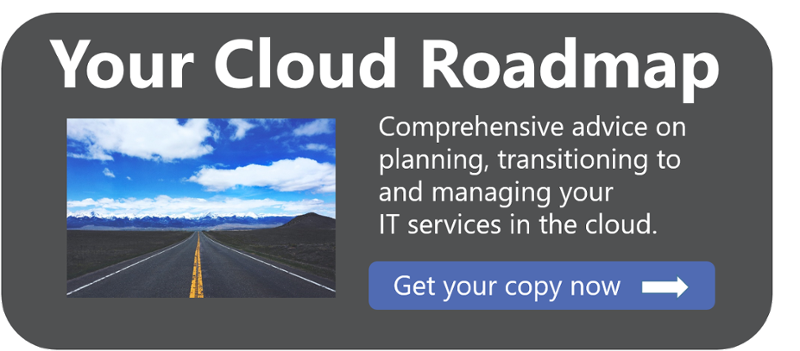
Enterprise cloud
‘True’ enterprise cloud is a common suite of design, provisioning, management and reporting tools controlling hybrid clouds which allow each service to be hosted and controlled on the most appropriate platform - public, private, hybrid, hosted or any combination. This is starting to appear – look at developments such as Azure Stack, the VMware/AWS tie-up and the increasing maturity of Openstack and its ecosystem. Fordway have a suite of Cloud Intermediation tools for this purposeHyperconvergence
Hyperconverged systems are useful building blocks to create base cloud infrastructure. However right now they are basically standard platforms for supporting virtualisation, and there’s a big gap between what they offer as standard and what organisations need from cloud. They provide the first 20 per cent of the necessary integration, but you’ll still need to do 80 per cent yourself.Cloud architecture
With public cloud services organisations can’t configure each element of their application or service, but have to integrate a standard set of building blocks. It’s the difference between cooking for yourself from raw ingredients and ordering in a restaurant where the chef has set the menu and you choose the meal, associated ambience and service quality to suit your budget. Expect to see organisations increasingly developing these architecture skills so they can achieve successful migrations.Hybrid cloud management – the cloud service broker
With the growth of hybrid cloud we’re seeing a new role: the cloud service broker, who defines the services and then determines the most appropriate way to provide, manage and secure them. Analysts 451 Research have highlighted this as a key trend in 2017. CIOs can allocate this role to a member of their IT team or use a third party.Managing multiple cloud providers
Using multiple suppliers requires an integrated cloud management service, with major incident and problem management, with escalation to third parties if required. These services are now available – think of them as ‘lightweight’ SIAM, with its controls, processes and principles but without the hefty price tag and long term contractual commitments.Monitoring multiple suppliers
As use of hybrid cloud grows, more organisations will need Cloud Monitoring as a Service (CMaaS) to monitor performance across multiple suppliers who are critical to their IT services. Solutions are now available which can do this from a single pane of glass.Moving services between different providers
We expect this to become more common as users compare offerings and providers respond with competitive pricing. To take advantage, organisations need to design flexibility into their cloud services or risk swapping one legacy infrastructure for another.
Open source
Most major cloud providers use open source for their services, and for even medium sized organisations it now provides high quality tools to that can host, manage and integrate providers with a committed, if slightly disorganised, support network. If you’re not ready to fully commit, most tools are available for the cost of a standard Linux distribution.Security and auditing
Organisations are becoming much more sophisticated in evaluating potential cloud suppliers, seeking independent verification of their capabilities and looking more closely at their governance and data security policies. This will become increasingly important in the light of GDPR, and the regulator will require a written definition of all data security policies and procedures. Security Management as a Service and Security Monitoring as a Service will be sought after services for many organisationsNew cloud services
We’re seeing new applications whose scope is limited only by the ingenuity of cloud providers. One of the fastest growing is likely to be patch management – particularly given the recent ransomware attack. Others beginning to gain traction include Identity Management as a Service and Cloud Intermedation Services.



